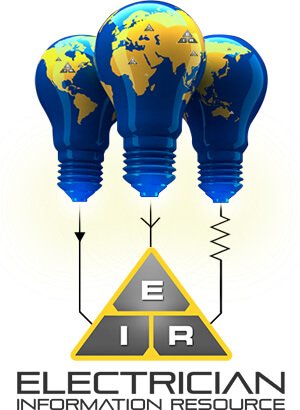High Efficiency Furnace FAQs
The main difference between a conventional furnace and high efficiency furnace (condensing furnace) is the technology in the heat exchange. Both types use gas burners with an electronic ignition, but the heat extraction process after combustion is more efficient in a high efficiency furnace.
In a conventional furnace, the exhaust gases are combusted quickly, which means the gases escape up the chimney before the full amount of heat can be extracted. In a high efficiency furnace, heat is extracted slowly. This gives the gases enough time to cool and condense, pushing more heat into your home and less out the exhaust. This is done by using two heat exchangers. The first one is a standard heat exchanger, while the second one handles the corrosive condensed gases.
Air Recycling
A high efficiency furnace incorporates a few improvements in the way air is recycled.
- Cold air return -The heat exchanger filters and re-heats air from the home in both types of furnaces. However, energy efficient homes don’t let in enough fresh air. In order to let in fresh air, a ventilator can be added.
- Heat recovery ventilator – A heat recovery ventilator (HRV) or the closely related energy recovery ventilator (ERV) are basically air mixing boxes. The difference between the two is that an ERV will also infuse humidity into the streams of hot air.
- Air filter – The air filters used in condensing furnaces are similar to the ones used in conventional furnaces.
- Electric blower motor – A condensing furnace uses one of two types of blower motors, either a Permanent Split-Capacitor (PSC) or the more sophisticated, variable-speed Electronically Communicating Motor (ECM). The blower compartment on high efficiency furnaces are usually insulated, while the ones on conventional furnaces are not.
Fuel Combustion
Condensing furnaces have similar features to conventional furnaces. Both use a gas burner (also known as the pilot light), an electronic ignition (that starts the furnace) and a combustion chamber (to produce heat). The difference is in how the hot air is delivered.
- Hot air delivery – This is where condensing and conventional furnaces differ. A high efficiency furnace extracts as much useful heat as possible, while a conventional furnace allows much of this heat to escape up the chimney. This is accomplished by the use of two heat exchangers instead of just one.
- Primary heat exchange – The primary heat exchanger in a high efficiency furnace is similar to the type used in conventional furnaces. The purpose of the exchanger is to remove as much heat as possible from the combustion flue gases. It is a system of steel tubing, specially coated to withstand extreme temperatures.
- Secondary condensing heat exchanger – This is an element only used in a condensing furnace. It is a unit made up of small tubes that take in the exhaust gases after they have passed through the primary exchange. At this stage, even more heat is drawn out of the exhaust gases. This results in cooled gases that condense down to water and carbon dioxide. Water and carbon dioxide blend to form carbonic acid. To prevent the unit from corroding, the second heat exchange unit is made of stainless steel.
- Drain line – The condensed carbonic acid that comes out after the gases go through the secondary exchange need to drain. This acid can eat through the body of the furnace or any other metal objects it comes into contact with, so it is vital to ensure a proper slope and secure connections to allow the fluid to drain safely into the floor drain.





